23 10月 Casting knowledge-Aluminum Degassing 2
Rotary degassing works on the principle of increasing the surface area of an insert gas exposed to the metal. The larger surface area increases the rate of transfer from metal to the inert gas. The smaller the bubble size for a given volume of gas, the greater is the surface area. For example, a 1” diameter bubble of gas has a surface area of 6 square inches. If the same bubble is divided into 1/16” diameter bubbles, the surface area is increased to 96 square inches. In other words, if the same volume of gas is used and the diameter of the bubbles are reduced to 1/16th the original diameter, the total surface area is increased by a factor of 16. The smaller bubbles disturb the surface of the melt less reducing additional hydrogen pickup from humid atmospheres.

This degassing unit is recommended for dry nitrogen or argon. Compatibility with specialty gases cannot be guaranteed. All parts of the unit exposed to gas except for the graphite lance are either stainless steel or Buna-N (seals). A four minute degassing time for a 400 pound crucible is common when nitrogen gas is used. There is no practical reason to use expensive specialty gases (costing up to $500 per bottle) when a $20 bottle of nitrogen will do the same job. Also, no toxic emissions are produced from nitrogen gas.


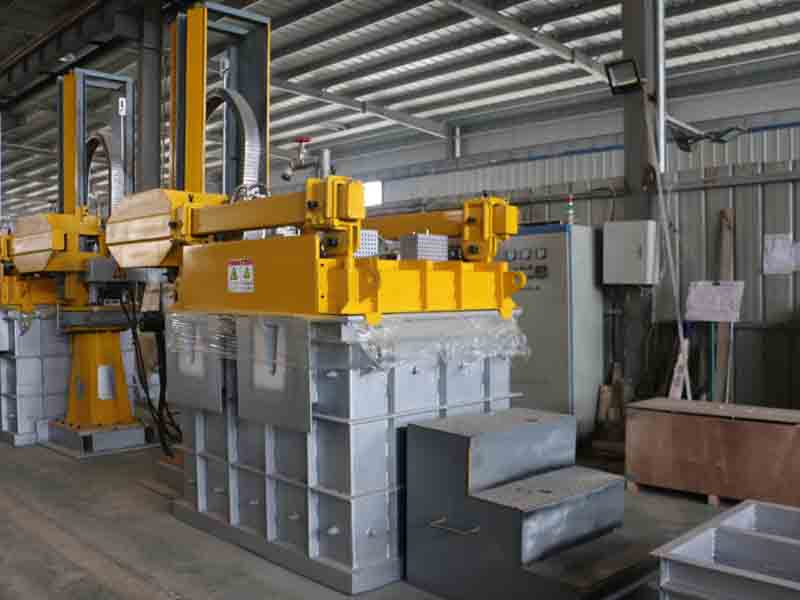
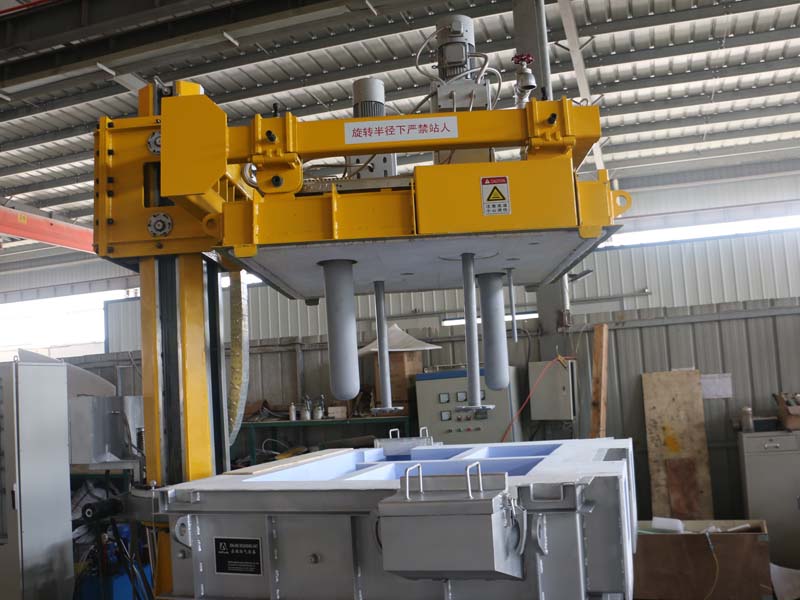
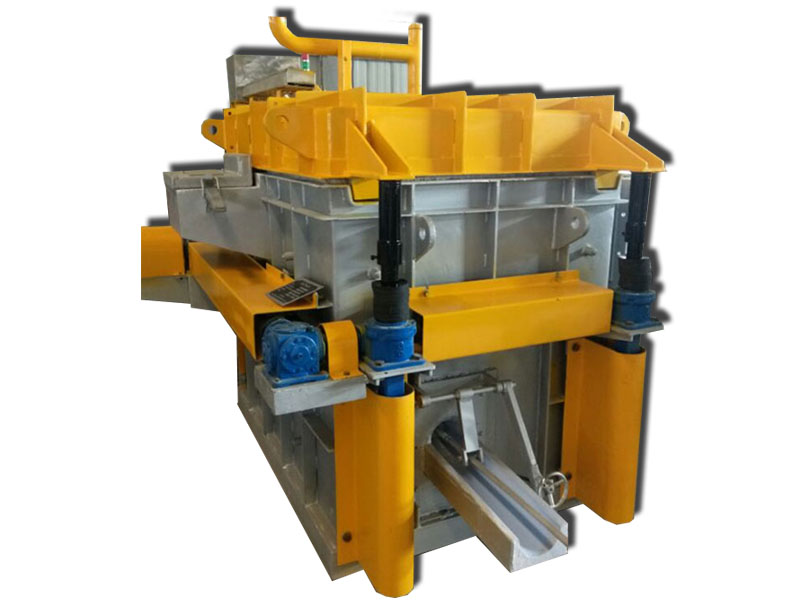
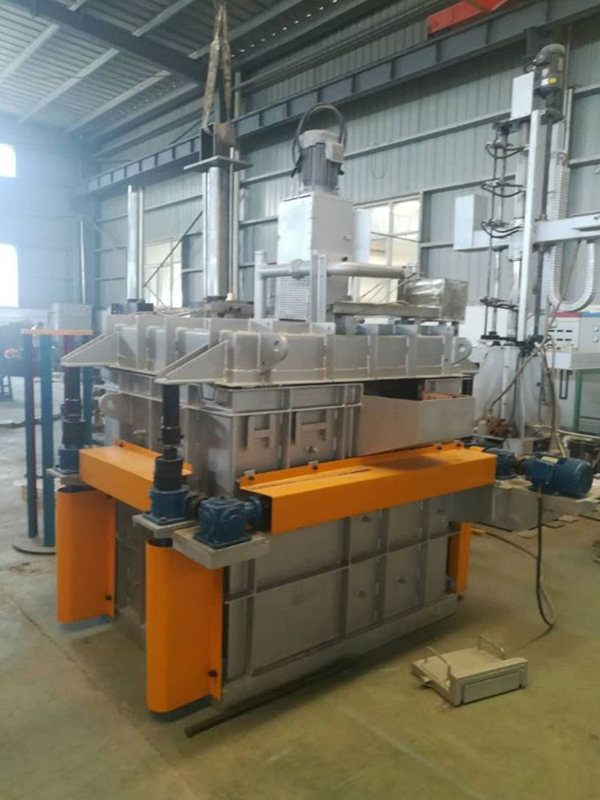
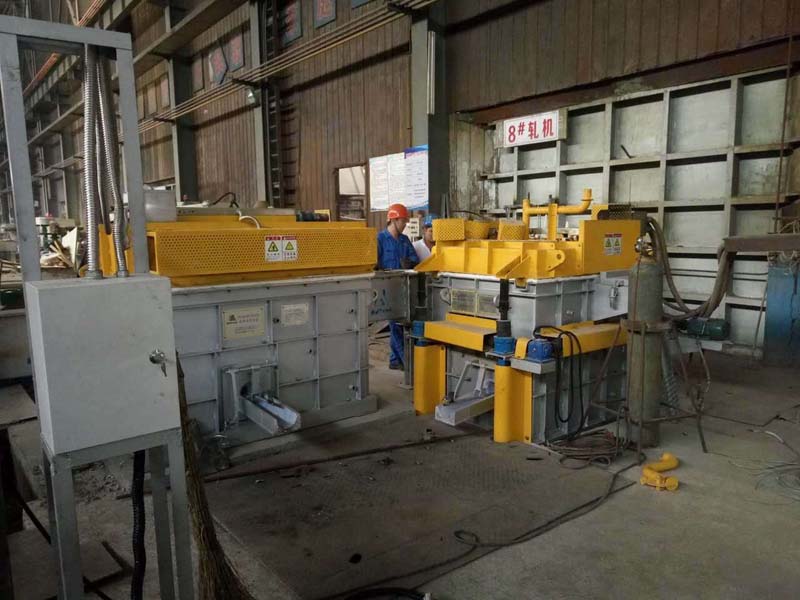
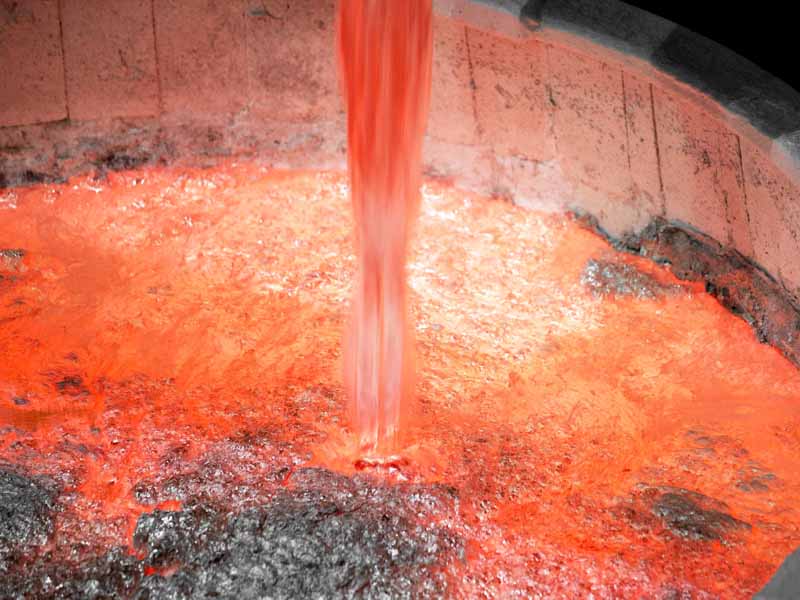
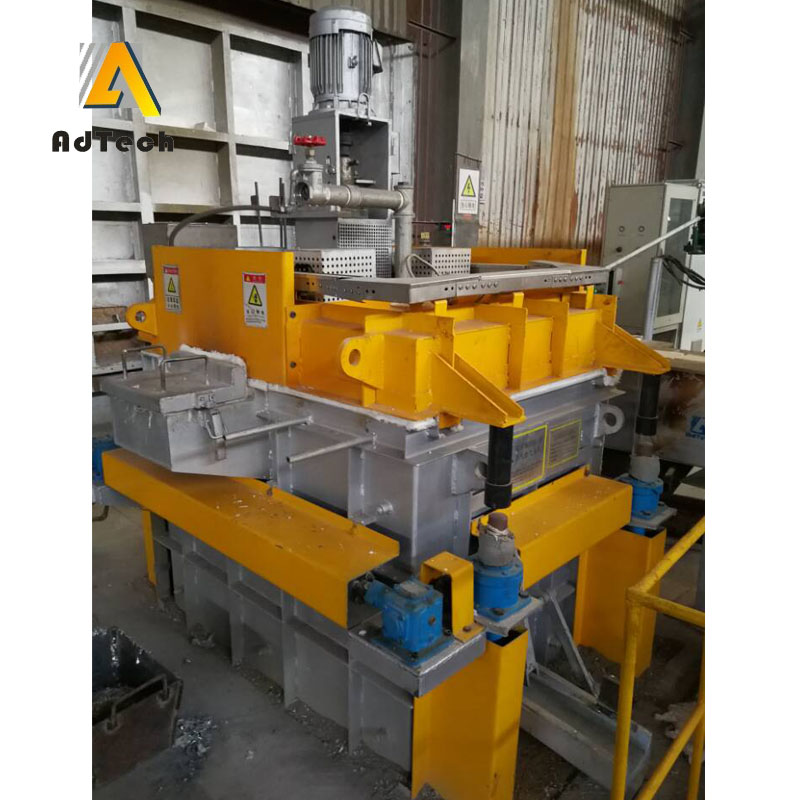
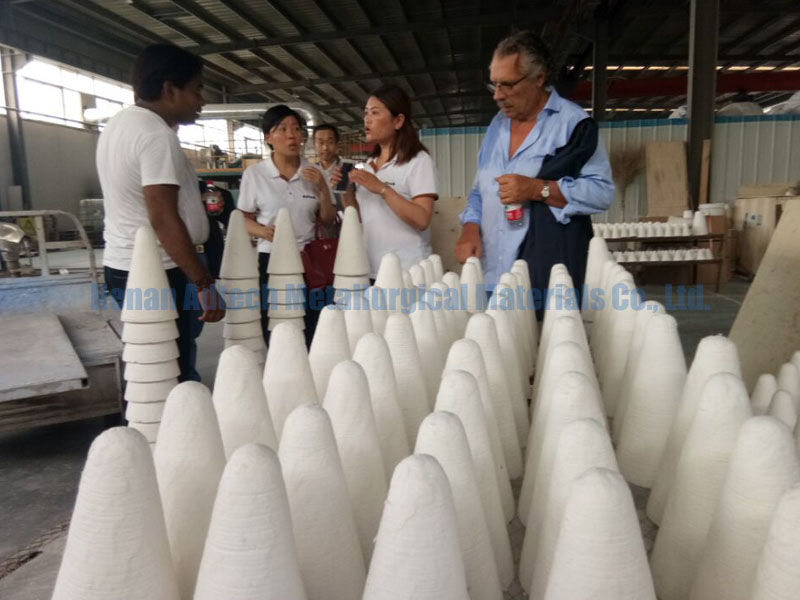
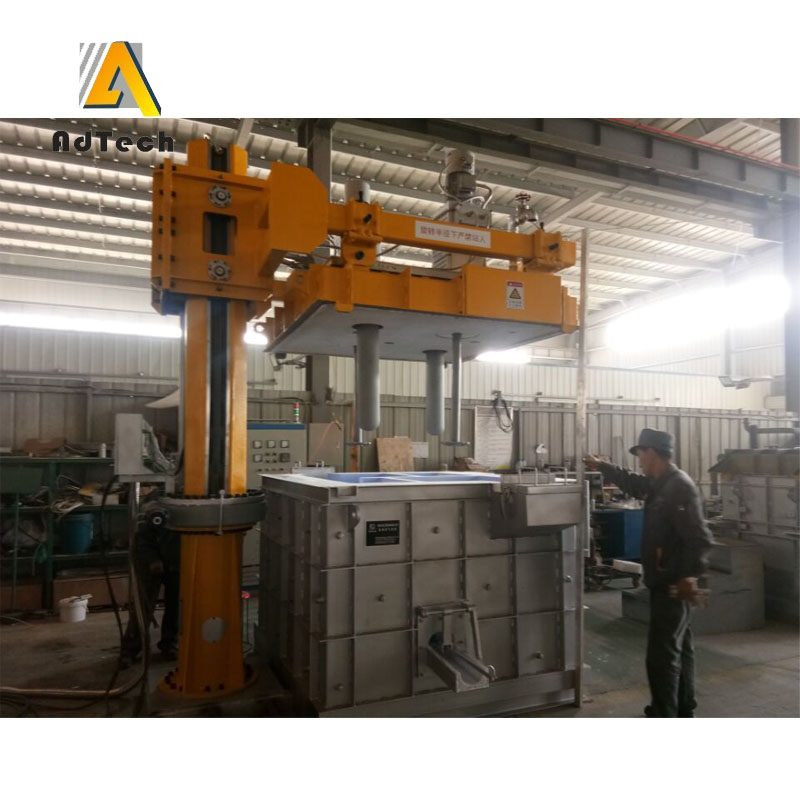
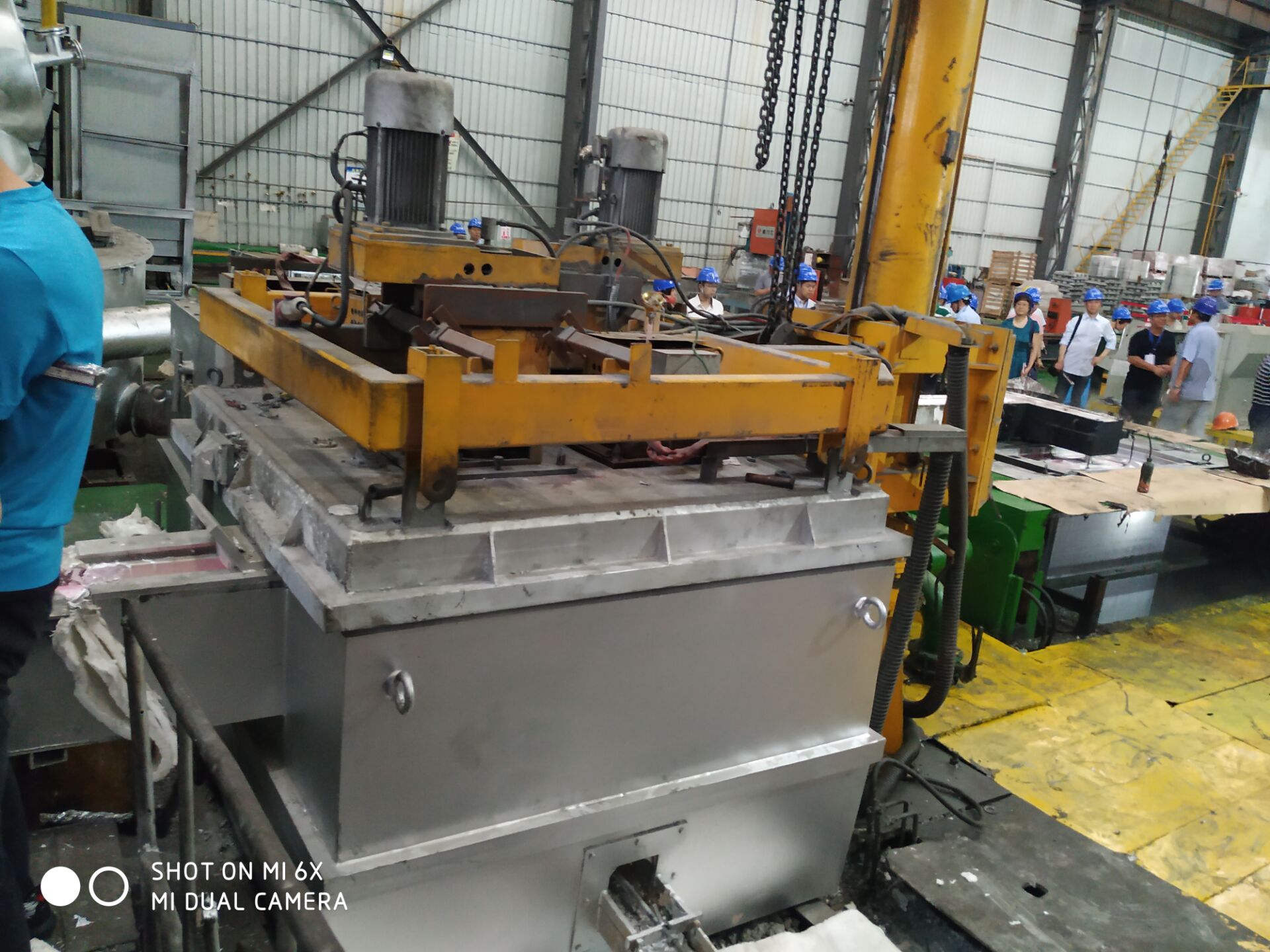
No Comments